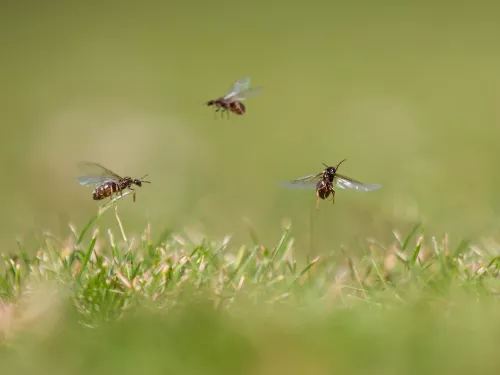
What is flying ant day & when is it?
Sara Booth-Card, ecologist, peatlands and Action For Insects campaigner at The Wildlife Trusts, looks out for the telltale signs of flying ant days and shares her love for the underground world of ants.
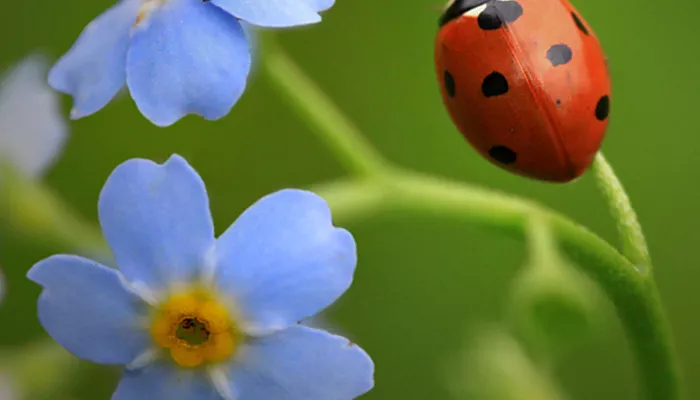
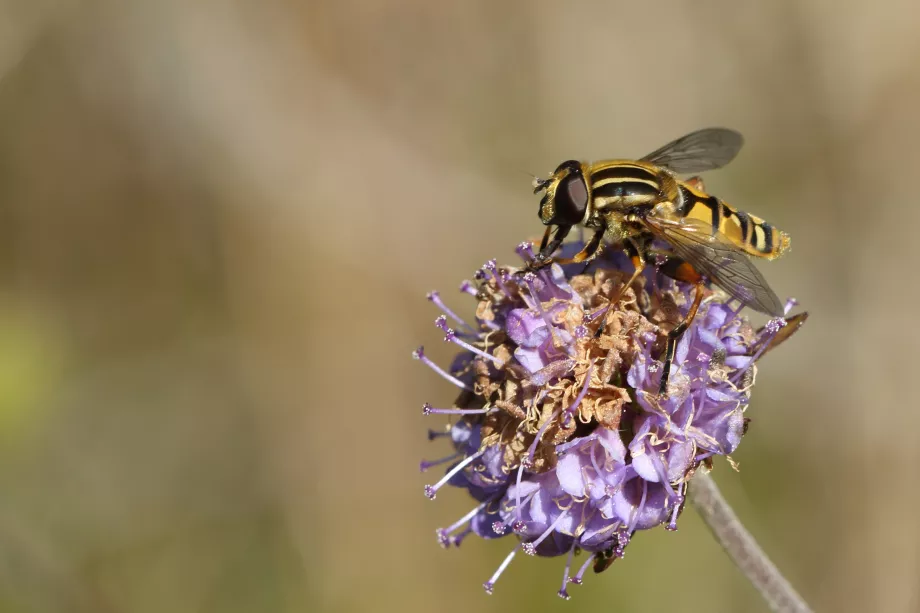
Hoverfly (Helophilus pendulus). Vaughn Matthews
Did you know that bumblebees use buzz pollination? They vibrate their bodies using their flight muscles to detach pollen from certain flowers, and therefore pollinating them. This is why bumblebees are so important for plants like tomatoes, aubergines and raspberries. They can fly at cooler temperatures and lower light levels than many other bee species, making them vital for early spring and late summer pollination.
Where to find them:
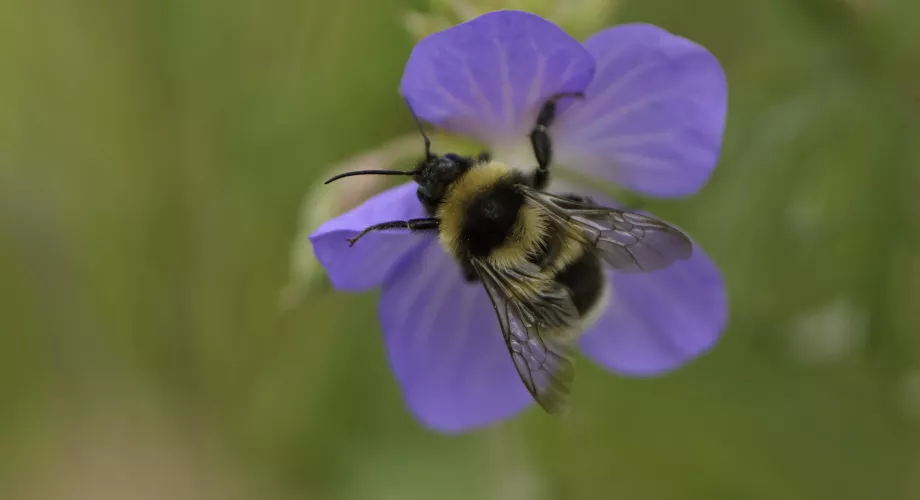
Garden bumblebee by Chris Gomersall
Also known as the cabbage white butterfly, you can often see them fluttering around your gardens. Adult butterflies have taste sensors on their feet to help them find suitable host plants for laying eggs. Caterpillars hatch from the eggs, and later form a chrysalis (pupa) and metamorphose into an adult butterfly.
Where to find them:
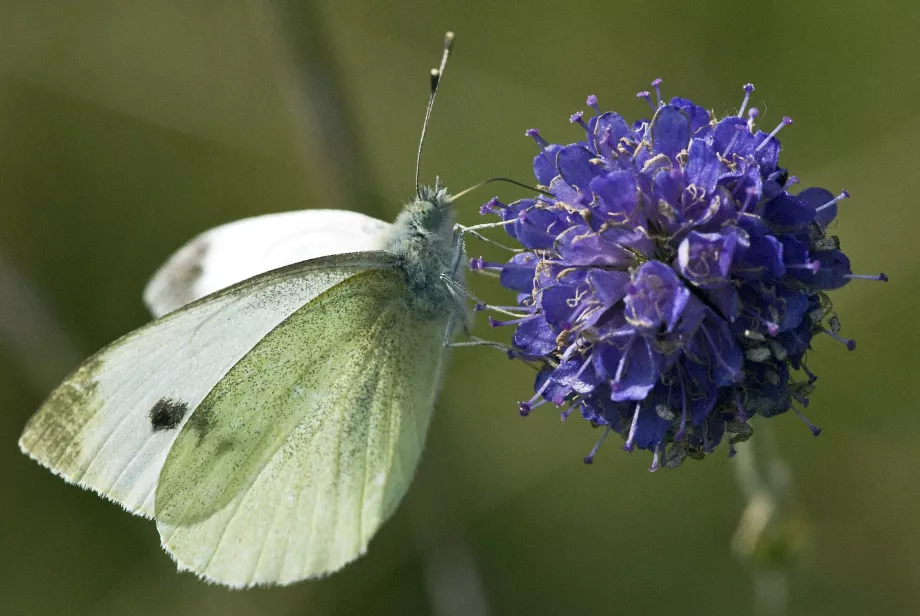
Les Binns. ©Les Binns
Ladybirds are nature’s pest control, feeding on aphids and other plant-eating insects. They’re a gardener’s best friend! There are 46 ladybird species found in the UK, and over 5,000 worldwide. Their characteristic bright red and black spot colouration on species like the Seven-spot Ladybird (Coccinella septempunctata) serves as a warning to predators of their toxicity. They excrete a bitter liquid when under threat as a further defence mechanism.
Where to find them:
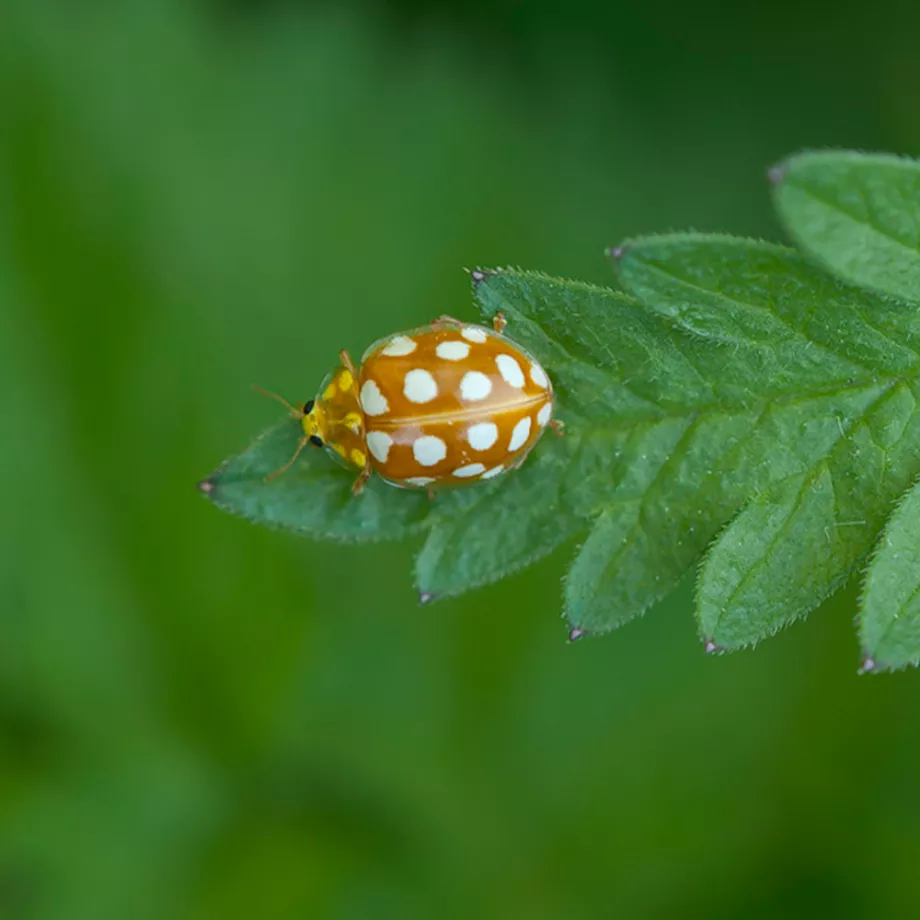
Orange ladybird © John Bridges. © John Bridges
Dragonflies are ancient insects, with ancestors dating back over 300 million years. They have incredible flying capabilities thanks to their two pairs of intricately veined membranous wings. Unlike damselflies, the front and rear wing pairs are shaped differently. This allows dragonflies to hover, fly backwards and even reach speeds of up to 30 miles per hour! Dragonflies are also voracious predators, feeding on mosquitoes, midges and other small insects.
Where to find them:
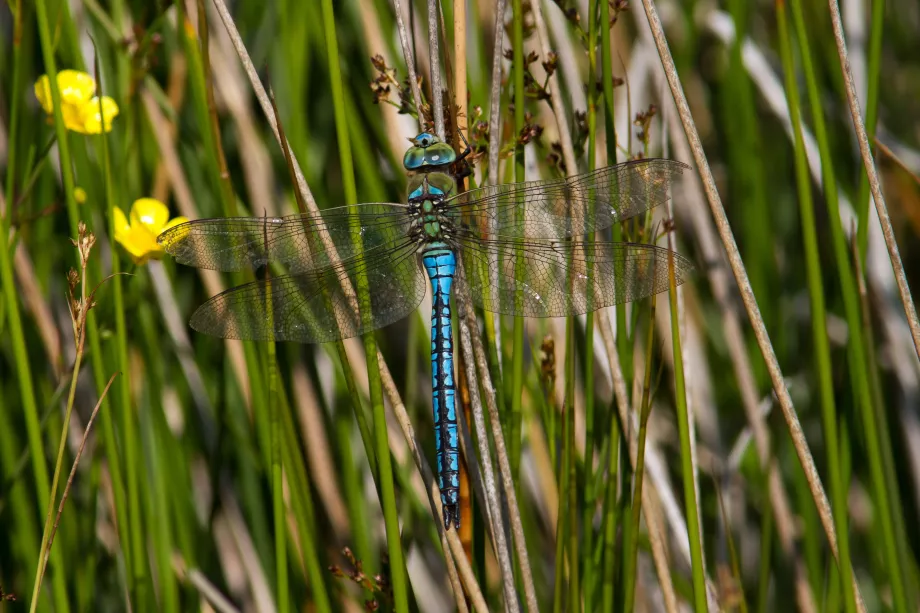
Emperor dragonfly by Mike Snelle. ©Mike Snelle
Ants are social insects, living in complex colonies with a strict division of labour among workers, and reproductive individuals. Some ant species can build massive underground nests that house millions of individuals. They communicate with each other through pheromones, leaving scent trails to guide other ants to food sources.
Where to find them:

Don Sutherland. © Don Sutherland
Insects are crucial to our ecosystems. Without them, life on Earth would collapse. However, their populations are under threat from habitat loss, pesticide use and climate change. You can help by participating in the Bugs Matter citizen science survey. This initiative encourages people to monitor insect abundance by counting the number of bugs splatted on their car number plates after a journey. The data collected helps us to track insect abundance changes over time.
It’s quick, free and easy to take part:
By contributing vital data to this survey, you’re helping our team understand more about the plight of insect populations across the UK which can help to inform conservation strategies and better insect policy and practice. Anyone can take part across the UK – you are driving the data!
Insects are the unsung heroes of our natural world, performing vital roles that sustain ecosystems and human life. From the industrious honeybee to the stealthy dragonfly, each species has unique qualities and contributions. By learning about and supporting our insect populations, especially through citizen science surveys like Bugs Matter, we can ensure that these tiny titans thrive. Next time you see an insect, take a moment to stop and think about its role in the web of life.

Sara Booth-Card, ecologist, peatlands and Action For Insects campaigner at The Wildlife Trusts, looks out for the telltale signs of flying ant days and shares her love for the underground world of ants.

As the temperature is rising, here are a few tips to help the wildlife in the hot weather.